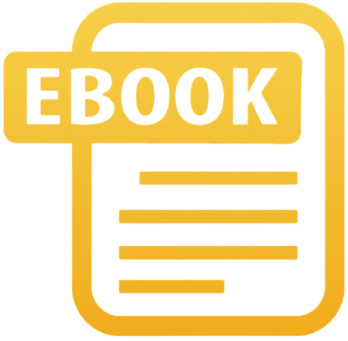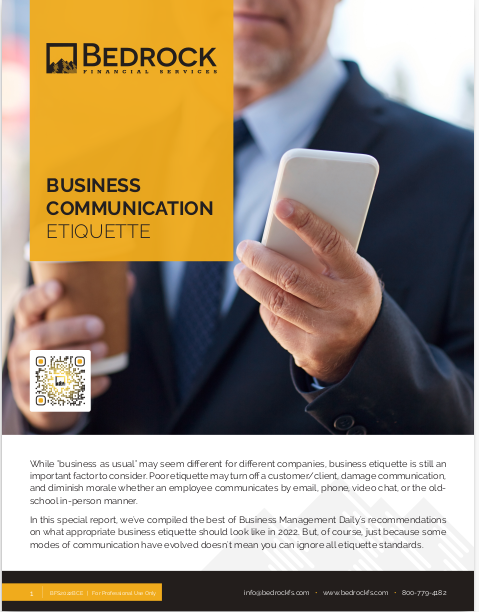Key Takeaways
-
Cold leads often reflect a lack of timing or context, not a hard “no.” When nurtured correctly, they can become your most reliable clients.
-
A clear, educational, and structured communication strategy helps transform indifference into interest by meeting leads where they are.
What “Cold” Really Means in 2025
In 2025, the way insurance prospects interact with agents has evolved. People are more informed, more distracted, and more skeptical. If a lead doesn’t respond or engage, it doesn’t mean they’re completely disinterested. It usually means the timing isn’t right, or the connection hasn’t felt relevant to them yet.
Instead of dismissing cold leads, your challenge is to shift perspective: you’re not chasing someone uninterested, you’re warming someone up who hasn’t had a reason to care yet. That’s a powerful difference.
Start by Diagnosing the Silence
Cold leads generally fall into one of a few categories:
-
They didn’t understand the value.
-
The outreach felt generic or irrelevant.
-
They were overwhelmed or busy.
-
The timing simply wasn’t right.
Your role isn’t to push harder but to create a pattern of value over time. When you position yourself as a helpful resource, not just a salesperson, you begin to shape the narrative around you.
1. Segment for Context, Not Just Demographics
Many agents still organize leads by age, location, or income. That’s fine—but it’s incomplete. Instead, focus on behavioral indicators:
-
Did they open your emails but not reply?
-
Have they clicked links on your website?
-
Did they attend a webinar months ago but went quiet?
These data points show engagement levels. A lead that opened three emails and clicked a link is warmer than one who hasn’t responded at all—but both require different strategies.
Use your CRM or automation tools to tag leads accordingly. Create different flows for each segment.
2. Offer a Low-Lift First Step
You don’t need to ask cold leads to schedule a 30-minute call upfront. That’s too high-commitment. Instead, offer something simpler:
-
A 90-second explainer video.
-
A visual chart that breaks down a concept.
-
A short quiz or checklist.
This gives you an easy way to re-engage them and build momentum. Once they take one step, the next becomes easier.
3. Use Time-Triggered Nurture Sequences
In 2025, attention spans are shorter than ever. The best strategy is one that keeps you lightly in the lead’s awareness without overwhelming them.
Build a 90-day sequence with spaced touchpoints:
-
Week 1: Educational email (no pitch)
-
Week 2: Short video with a visual hook
-
Week 3: Follow-up email with a simple question
-
Week 5: Client story or infographic
-
Week 7: New regulation or benefit update
-
Week 10: Personalized message with a soft CTA
-
Week 13: Direct ask with a scheduling link
You’re not selling in every message. You’re staying relevant.
4. Speak to the Real Objections
Many cold leads aren’t cold—they’re hesitant. And hesitance usually hides behind one of three objections:
-
“I don’t have time to deal with this.”
-
“I don’t fully get how this helps me.”
-
“I’m not ready to make a decision.”
Create messages that speak directly to these barriers. Acknowledge the delay. Normalize their indecision. And show that your job isn’t to rush them but to equip them.
Example language:
“You might not be ready now, and that’s fine. But when you are, I want you to have everything you need to decide clearly and quickly.”
5. Educate Before You Sell
The most successful agents in 2025 are teachers first, sellers second. Cold leads often stay cold because no one has made the topic feel accessible.
Try content formats like:
-
Slide decks with big-font headlines
-
Single-topic emails (one idea, not three)
-
Simple illustrations of confusing terms
Avoid heavy PDF brochures or blocks of text. Instead, use tools that break down complexity into digestible moments.
6. Make Use of the “Maybe Later” Window
Timing is everything. Some leads genuinely need three to six months before they’re ready. Set follow-up reminders at 30, 60, and 90 days. But don’t just send the same message each time.
Instead, rotate formats:
-
Email #1: Recent change in the industry
-
Email #2: FAQ roundup
-
Email #3: Quick poll (“What’s your biggest financial worry right now?”)
You keep the interaction light but meaningful.
7. Reintroduce Yourself at Intervals
People forget fast. Your name in their inbox three months ago won’t be remembered now. Instead of just following up, reintroduce yourself.
Here’s how:
-
Mention when you first connected.
-
Share something new (a credential, update, or milestone).
-
Ask if it’s a better time to reconnect.
Even if they say no, you stay memorable. And the next time they need help, your name is top of mind.
8. Build a “Resource Corner” That Lives Online
Create a digital home for your cold leads. It doesn’t need to be fancy—just accessible.
You can include:
-
Recorded webinars
-
Visual guides
-
Short articles or email archives
Then, when you reach out to cold leads, you’re offering something ongoing. Not a one-time pitch. Link back to it consistently, showing that your value is steady and reliable.
9. Track Re-Engagement Trends
In 2025, data can help you course-correct quickly. Keep an eye on:
-
Which email subject lines get opens
-
What time of day leads are most responsive
-
Which formats (video, graphic, plain text) trigger clicks
Adjust your outreach plan based on the results. This keeps your efforts efficient and relevant.
10. Shift from Outreach to Presence
The best agents today aren’t chasing every lead. They’re building a presence.
You can do this by:
-
Posting one insight a week on social media
-
Sending a short email newsletter once a month
-
Hosting quarterly Q&A sessions online
These light, regular touchpoints allow cold leads to follow you quietly. When they become ready, they already trust you.
Reframing the Cold Lead Challenge
Cold leads aren’t a lost cause—they’re a long game. Every uninterested reply or non-response is just a lead in waiting. The real opportunity is in how you reshape your strategy around consistency, relevance, and education.
And you don’t have to figure it out alone. At Bedrock Financial Services, we help independent agents like you build systems that turn cold leads into qualified conversations. With tools, training, and automated support, we give you the edge to stay present without burning out. Let us help you create the follow-up that actually gets followed up on.







